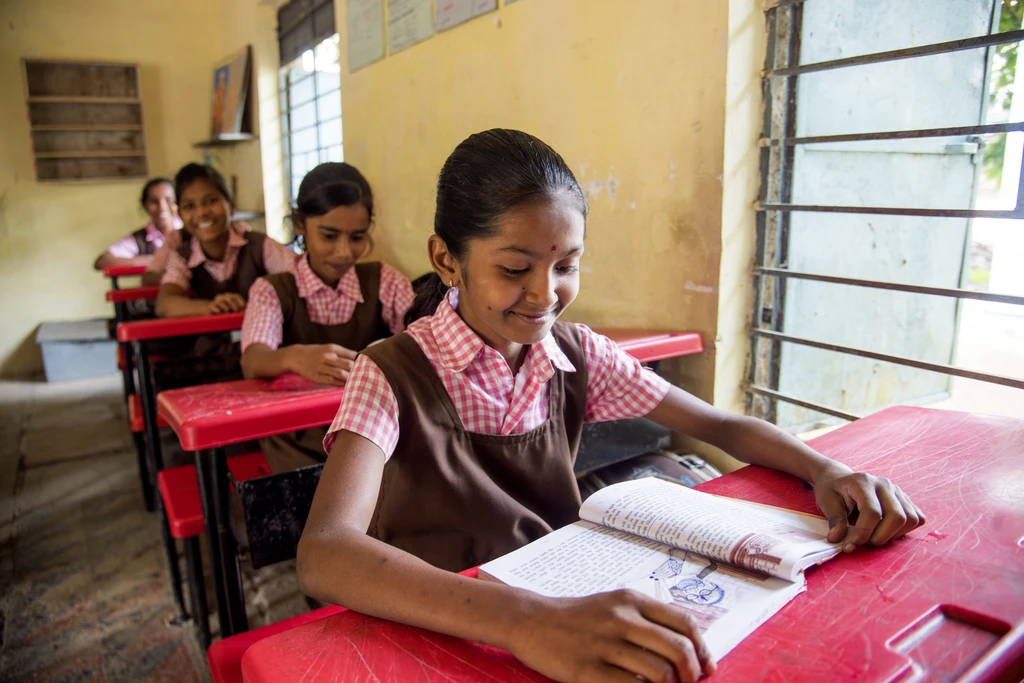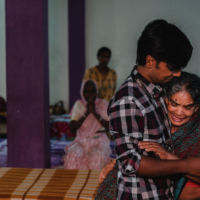CHILDHOOD is meant for learning, growing, and playing, not for working as labourers. It’s a time when children should be in school, discovering the world around them, and forming friendships. However, the harsh reality is that in India, over 10 million children between the ages of 5 and 14 are engaged in various forms of labour, according to official government figures. This widespread child labour issue is a deeply concerning challenge our society faces. Despite the importance of education and the global recognition that every child deserves the right to education, many young lives in India are deprived of this fundamental right. This rings especially true for girls. The rallying cry of “Educate a girl child for a brighter future” resonates powerfully, yet the unfortunate truth is that numerous girls continue to be denied access to education.
At the heart of this issue lies the vicious cycle of poverty. Children born into impoverished families face numerous disadvantages, including limited education access, social mobility, and restricted opportunities. For these families, the need to contribute to the family income often precedes education. The pressing demands of poverty outweigh the pursuit of knowledge, with education being pushed aside in favour of immediate financial needs.
“Educate a girl child” may be a noble slogan, but its transformative potential remains unrealized unless concrete steps are taken to remove barriers that hinder girls from attending school.
Consider the story of Akanksha, a 12-year-old from Rajasthan. She was compelled to drop out of school to care for her younger siblings upon reaching puberty. In a clear display of gender discrimination, her brother was allowed to continue his education while Akanksha was not, despite her outperforming him in studies. Akanksha’s case came to light during a survey conducted by the NGO Give as part of their Every Girl in School mission. The NGO, dedicated to child education and particularly focused on girls, worked tirelessly to convince Akanksha’s parents to allow her to return to school.
Give partners with the most credible nonprofits to make sure your donation does what it is supposed to – change lives.
The promise of free education and additional support convinced Akanksha’s parents that she should be in school, not labouring at home.
The Every Girl in School mission, initiated by Give, aims to reintegrate 15,000 girls into the educational system, providing them with an education that safeguards them from the perils of child labour.
Research conducted by government bodies, academics, and non-profit organizations has unequivocally demonstrated that denying girls access to education significantly increases their vulnerability to exploitation. Conversely, empowering girls with education opens the doors to numerous opportunities, including improved well-being, heightened social engagement, prevention of child marriage, and protection against child labour.
This is where initiatives like Every Girl in School play a crucial role. By covering essential expenses such as books, uniforms, tuition, and related costs, these programs work towards reintegrating girls into the educational realm. They provide tangible support that breaks down financial barriers and ensures that education becomes a viable option for these young girls.
So, what can ordinary individuals do to make a difference and support children in India, particularly girls like Akanksha?
You can contribute to Give’s Every Girl in School mission by sponsoring a child with a monthly donation of just ₹1,000. This contribution will cover the costs of essential educational components such as books, uniforms, fees, and meals. Your support will enable a girl child to attend school consistently, progressing through her education journey until graduation. This seemingly modest monthly contribution holds the potential to bring about a profound transformation.
By sponsoring a child, especially a girl, you set in motion a ripple effect of positive change that extends far beyond the individual, aligning with the adage that “educating a girl is educating a generation.” Your involvement can make the dream of a brighter, more equitable future a reality for countless deserving children.

Give exists to alleviate poverty by enabling the world to give. Established in 2000, Give, together with its partners, is the largest and most trusted giving platform in India. Give enables individuals and organizations to raise and donate funds conveniently to any cause they care about, with offerings including crowdfunding, corporate giving, cause marketing, and philanthropy consulting. Give’s community of 2.6M+ donors supports 3,000+ verified nonprofits, serving 15M+ people across the country.
Discover more from give.do
Subscribe to get the latest posts to your email.





